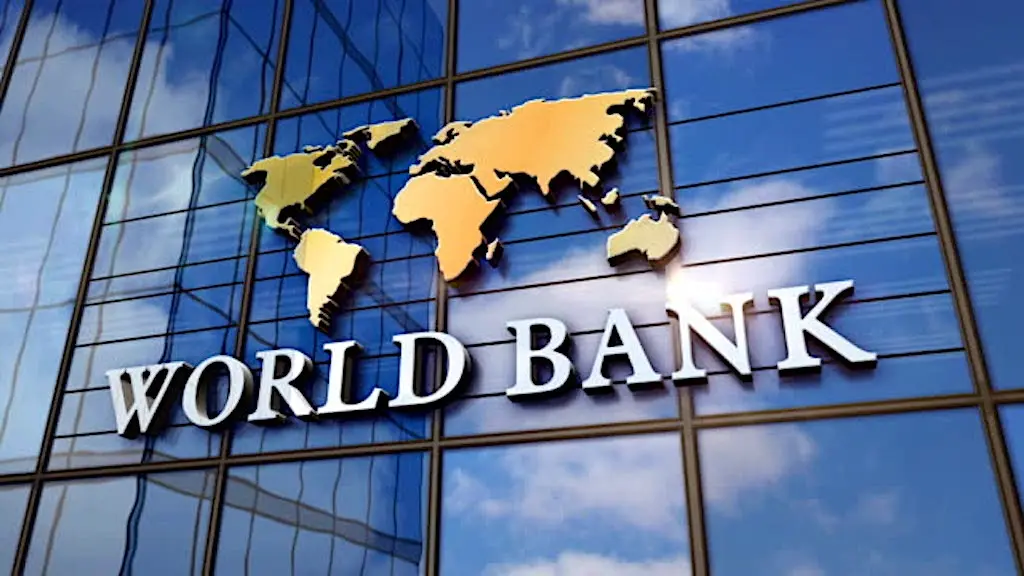- Behind 18 Other African Countries
BY BONNY AMADI
The Global Economic Prospects report of the World Bank reveals that Nigeria’s Gross Domestic Product (GDP) is anticipated to grow by 3.6% in 2025.
Nigeria’s growth rate however lags behind the projections for 18 other African countries, including Ghana, Niger Republic, and Mali.
The report discloses further that while Nigeria’s 2025 growth forecast is 3.6%, Ghana is expected to grow by 3.9%, Niger Republic by 7.1%, and Mali by 4.8%.
Other African countries with higher growth projections include Mauritania at 4.9%, Madagascar at 3.7%, Senegal at 7.9%, Sierra Leone at 4.1%, Benin at 7.2%, Burkina Faso at 4.3%, The Gambia at 5.6%, Liberia at 5.1%, the Democratic Republic of Congo at 4.8%, Comoros at 3.7%, Cabo Verde at 5.9%, Ethiopia at 6.4%, Guinea at 6.5%, Guinea Bissau at 5.1%, and Kenya at 4.5%.
Nigeria’s modest GDP growth forecast comes amid ongoing concerns about the country’s business climate and productivity.
Meanwhile, earlier reported on a Central Bank of Nigeria (CBN) survey conducted in May 2025 highlighted the significant challenges businesses face. These include an unfavourable political climate, insecurity, poor infrastructure, and a lack of clear economic policies.
The survey identified additional constraints such as financial difficulties, high bank charges, limited power supply, excessive taxation, high interest rates, and insecurity. Nigerian cultural tours
Nigeria continues to grapple with inflation, a key driver of the country’s challenging economic environment.
In April, the CBN, in its Inflation Perception Report, revealed that respondents identified electricity, petrol prices, insecurity, and the exchange rate—among other factors—as key contributors to persistent inflation in the country.
The report listed energy sources (petrol, diesel, electricity), the exchange rate, interest rates, transportation (road, air, water, rail), insecurity, activities of middlemen, natural disasters, infrastructural problems, and the availability of raw materials as significant inflationary pressures affecting both firms and households.













